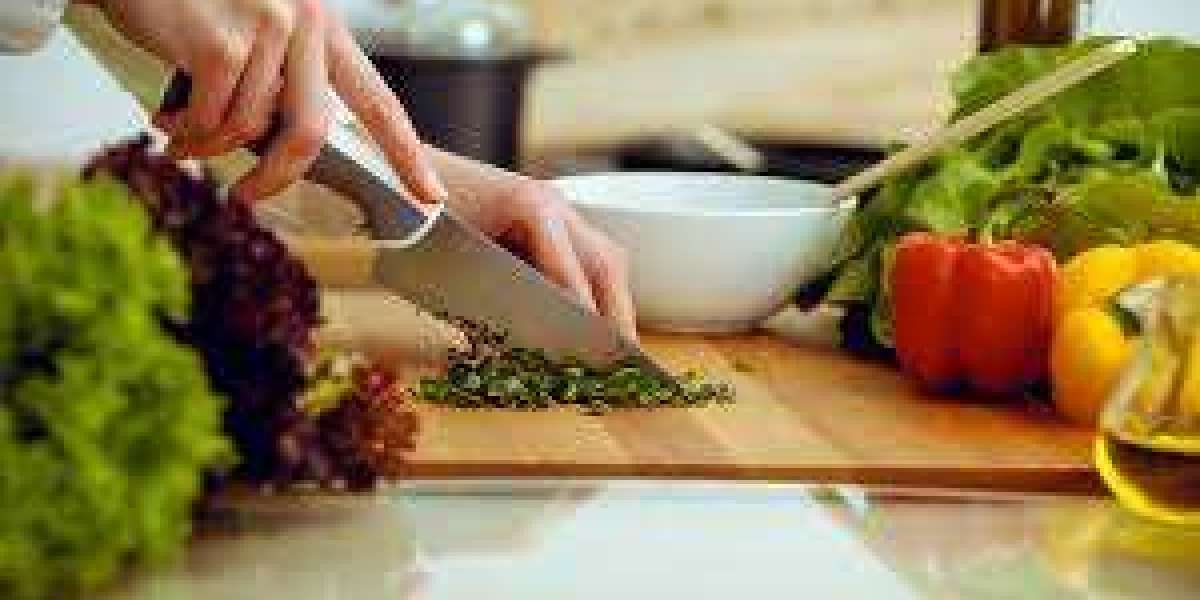Essential Cooking Tools for Every Kitchen
Cooking is both an art and a science, and having the right tools makes all the difference. Whether you're a beginner or an experienced home chef, the proper cooking tools can help you prepare meals more efficiently, safely, and with better results. In every kitchen, there are certain tools that are considered essentials, while others are used for more specific tasks. This article explores the most commonly used cooking tools and their importance.
1. Cutting Tools
At the heart of any kitchen is a good knife. A sharp chef’s knife is a must-have for chopping vegetables, slicing meat, or mincing herbs. Alongside it, a paring knife is useful for more detailed work like peeling fruits or trimming vegetables. A sturdy cutting board is also essential to protect your counters and keep your knife from dulling.
2. Measuring Tools
Cooking, especially baking, often requires precision. Measuring cups and spoons help ensure the right amount of ingredients are used. Dry measuring cups are for items like flour and sugar, while liquid measuring cups have spouts and are made for ingredients like milk or oil. Measuring spoons help with small amounts of spices, baking powder, or salt.
3. Mixing Tools
Mixing bowls come in different sizes and are used for combining ingredients. Wooden spoons, silicone spatulas, and whisks are tools that make mixing easier and more thorough. Silicone spatulas are especially handy because they can scrape bowls clean and are heat-resistant.
4. Cooking Tools
A variety of pots and pans are needed depending on what you’re cooking. A non-stick frying pan is perfect for eggs and pancakes, while a stainless-steel saucepan is ideal for boiling and simmering. Larger pots like stockpots are great for soups, stews, or boiling pasta. Tongs, ladles, slotted spoons, and turners are all used for stirring, flipping, and serving food.
5. Heat-Resistant Tools
Oven mitts and pot holders are crucial for handling hot cookware safely. Trivets can be used to place hot pots on the countertop without causing damage. A food thermometer helps in checking the internal temperature of meat and baked goods, ensuring they’re cooked properly.
6. Specialized Tools
While basic tools cover most cooking needs, some dishes may require specialized tools. A grater is used for cheese, vegetables, and zesting citrus fruits. A peeler makes it easy to remove the skin from potatoes and carrots. Strainers and colanders are used for draining water from pasta or washing vegetables.
7. Storage and Maintenance
Storing tools properly keeps your kitchen tidy and your tools in good shape. Use utensil holders, drawer organizers, and wall hooks to keep items accessible. Cleaning tools regularly ensures they last longer and remain safe to use.
Conclusion
Cooking tools are the backbone of any kitchen. Investing in quality tools not only improves your cooking experience but also helps you achieve better results in less time. With the right tools at your side, cooking becomes more enjoyable, creative, and rewarding. Whether you're making a simple meal or preparing a festive feast, having the right equipment can truly make all the difference.



